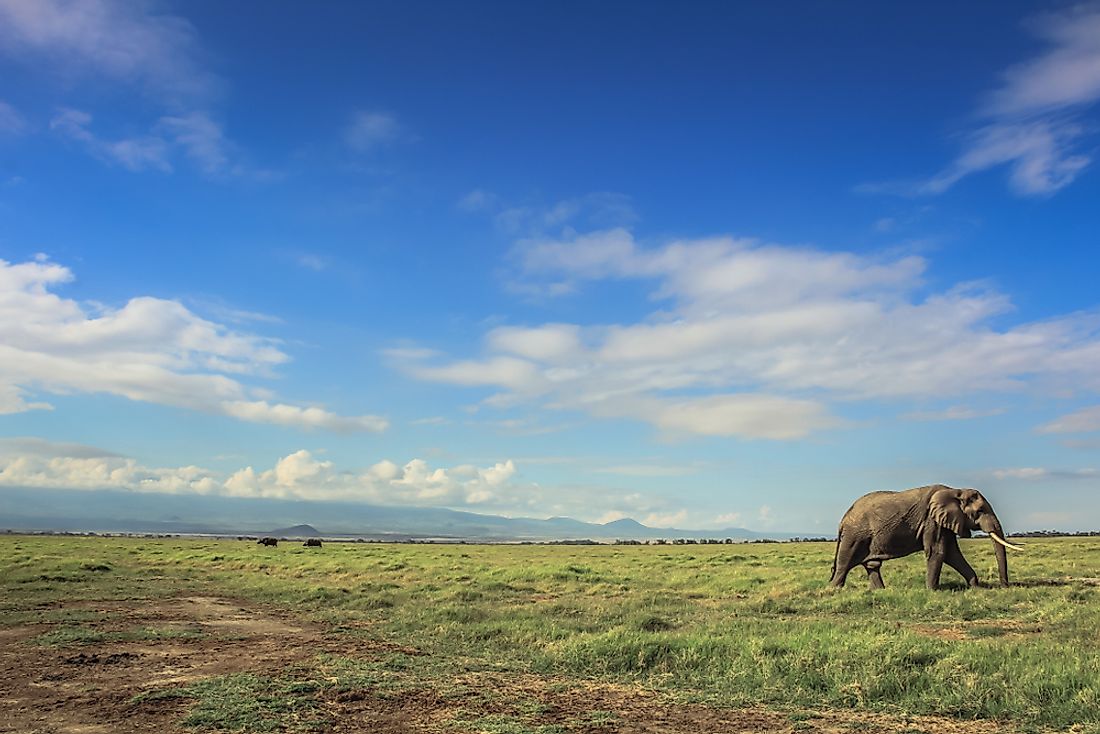What Was The 2006 Zakouma Elephant Slaughter?

The slaughter of herds of the African elephant in Zakouma National Park in Chad was rampant in 2006 between May and August. This came to be known as the Zakouma Elephant Slaughter. During this period, hundreds of elephants in the national park were massacred by poachers for their tusks and brutally chopped off their heads.
Zakouma National Park is located in the southeastern region of Chad. The park had a healthy population of about 300,000 African elephants in 1970, but the number has sharply reduced to just over 10,000 as of 2006. This is due to the illegal poaching practices and the infamous massacre of these animals in 2006.
The African Bush Elephant (Loxodonta africana) is one of the most iconic animals of the Zakouma National Park and Chad as a whole. The southern region has had a decades-long history of poaching which has threatened the existence of the African bush elephant. This is despite conservation efforts from the Chad government with additional support and protection from the European Union. Poachers have had a way to infiltrate the protected zones and kill these elephants for their ivory. This culminated in the 2006 Zakouma elephant massacre.
Discovering The Poachers
Aerial surveys revealed the gruesome state of the killings taking place in the national park. Michael Fay, a Wildlife conservationist discovered five massacre sites in the park while conducting an aerial survey. During the aerial survey, about 100 dead elephants were discovered near the park’s borders, some with fresh carcasses from the killings. In addition to this, Fay spotted campsites of the presumed poachers and this was well confirmed when men riding on a horseback tried to shoot down his aircraft.
Even though poaching is illegal in Chad, efforts to curb the killing of these elephants were not sufficient. The elephants were only protected in the vicinity of the national park and faced no protection if they went to neighboring areas. As a result, poachers could hack the animals near the borders with much ease.
The State Of Ivory Trade
The major cause for the population decline of the African elephant has been ivory trade. Poachers will go looking for these animals in order to get their tusks. Since the 1970s, most governments in Eastern and Central Africa had no strict measure to curb the elephant poaching menace. This allowed the trade of ivory to thrive at the expense of elephant populations. Tonnes of ivory are sold illegally to Chinese and Thai buyers who use them to make charms and traditional medicine.
Aside from lax laws on poaching, continuous warfare and conflict in Chad and neighboring Darfur made the national borders porous and easy for poachers to get through. This also reduced the overall security in the region allowing poachers to get their way into the national park and hack the elephants.
Conservation Efforts In Place
The devastating massacre of over one hundred Zakouma elephants saw the Wildlife Conservation Society, the Chadian government, and EU officials come together to combat illegal poaching. All forms of poaching are illegal in Chad since 1989, but underground poaching has been taking place to serve the black market of ivory trade. Increased aerial surveillance has helped curb illegal poaching by spotting poachers’ campsites and protecting the park’s borders.











